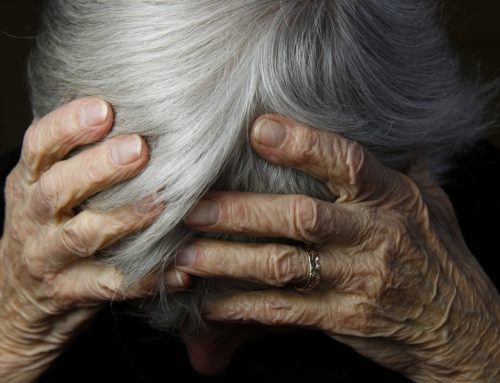Bone resorption is the process by which osteoclasts break down bone and release the minerals, resulting in a transfer of calcium from bone fluid to the blood. The osteoclasts are multi-nucleated cells that contain numerous mitochondria and lysosomes. These are the cells responsible for the resorption of bone. In plain speak, your bone melts away. That sounded scarier than I meant it too. Bone resorption is normal and our bodies are in a constant re-modelling process. Bone is resorbed by osteoclasts, and deposited by osteoblasts in a process called ossification. In fact, ossification is the foundation for how braces work. Braces use pressure to control the flow of ossification and over a long period of time, we can trick your body into moving the teeth by breaking down the bone holding the teeth and recreating bone in the direction we want the teeth to move.

T he presence of natural tooth roots play an important role in maintaining healthy bone mass in the jaw bone. When natural teeth are lost it’s the loss of the roots that really cause problems. Unfortunately this causes more problems for people outside of a gap in your smile. The missing teeth results in loss of sti
he presence of natural tooth roots play an important role in maintaining healthy bone mass in the jaw bone. When natural teeth are lost it’s the loss of the roots that really cause problems. Unfortunately this causes more problems for people outside of a gap in your smile. The missing teeth results in loss of sti
mulation of bone growth and increasing the rate that bone is resorbed. This, in time, leads to a decline in bone height and width. As resorption continues, the gum ridge flattens. The added pressure of dentures on the gums will actually speed up the rate of resorption. For those who sleep in their dentures, this 24/7 pressure accelerates resorption even more. This is what leads to sagging in the facial features and the “aged look”.
Another consideration for long time denture wearers is that dentures will unavoidably become loose over time. When dentures are first made, they may feel secure at first; however, as resorption progresses relines may help, temporarily. As bone loss continues, relines will last at less frequent intervals each time. This is because the gum line is shrinking and the contours it was made to fit are changing. Regardless of the amount of denture adhesive or paste, this shift in the foundation means the denture will begin to move while eating and  potentially cause embarrassing slips.
potentially cause embarrassing slips.
One year after natural teeth have been extracted, denture wearers may experience a 25% loss of bone. After three years, nearly 60% of the bone may be resorbed. Biting becomes more difficult. Natural teeth have a biting force of 250 lbs. while the average denture wearer has about 5 lbs. of force. Common signs of bone loss include deep wrinkles around the mouth with the corners of the mouth turning down. Jowls may have formed from the detachment of facial muscles as bone mass has declined. Your mouth may appear collapsed inward with your chin more pointed.
Fortunately, advancements in dentistry now offer treatment offers that address bone resorption, Implant Supported Dentures utilize the surgically placed screws that mimic the tooth roots that have been loss. The screws will integrate with the bone and will stimulate bone creation in the same way your natural teeth does; slowing down the process of bone resorption.
Bone resorption should be a key consideration when examining which path to take in terms of typical removable prosthetic dentures and implant-retained dentures. Once the choice is made, while bone loss can be slowed and mitigated, it can’t be completely reversed down the road.

